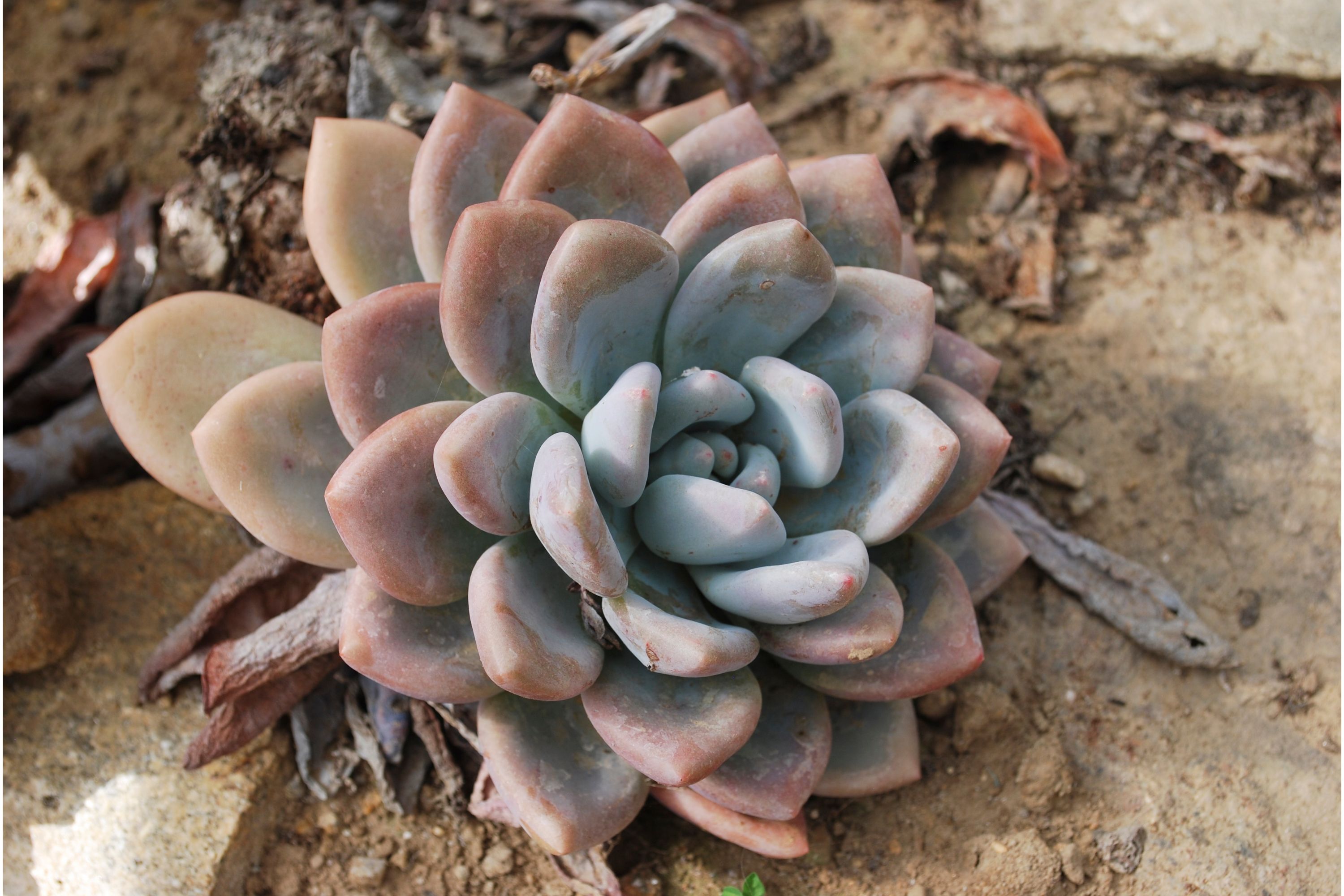Sand lettuce
(Dudleya caespitosa)

Description
Dudleya caespitosa is a succulent plant known by several common names, including sea lettuce, sand lettuce, and coast dudleya. It is endemic to California, where it grows along the coastline in the southern half of the state. Taxonomically, this species is a highly variable complex of polymorphic and polyploid plants, closely related to numerous neighboring species such as Dudleya farinosa, Dudleya greenei and Dudleya palmeri. It is delimited from neighboring species on an arbitrary basis of distribution and chromosome number, and is not immediately separable from the other species it approaches. This plant may grow in solitary rosettes, but most often forms caespitose clumps, which may contain up to 150+ rosettes. The clumps are generally not dense. Each rosette may be anywhere from 8 to 32 cm wide, containing 15 to 30 leaves. The caudex is 1.5 to 4 cm wide, and on older plants is often exposed between dry leaves. The stem is not swollen at the base, unlike D. candelabrum. It has a longer stem compared to D. farinosa due to greater space between the internodes. The leaf shape is extremely variable, although often lance-oblong, or oblong to oblanceolate, with generally acute to sub-acuminate leaf tips. On the edge of the leaf (the margin), there is generally not an angle between the upper and lower leaf surfaces. The leaf dimensions are generally around 5 to 20 cm long, 1 to 2 cm wide, and 3 to 8 cm thick, with the base of the leaf 0.5 to 4 cm wide. The peduncle is generally 10 to 60 cm tall, and 3.5 to 10 mm wide. There are typically 3 to 5 first degree branches on the inflorescence, which may stay simple or rebranch up to two times. The branches do not twist, and the flowers are on the topside. Each terminal branch is 3 to 15 cm long, and contains 4 to 15 flowers. There are 12 to 25 bracts, spreading to ascending, and shaped triangular ovate to lanceolate. The pedicels are 1 to 6 mm long, erect, and not bent in fruit. The sepals are 2 to 5 mm long, and shaped deltate-ovate, with an acute tip. The petals are 8 to 16 mm long, 3 to 5 mm wide, shaped elliptic, and are connate (fused to form a tubular corolla, as seen in the subgenus Dudleya) 1.5 to 2.5 mm. The petals have an acute apex with erect tips, and are generally colored bright yellow to orange yellow or red.
Taxonomic tree:







